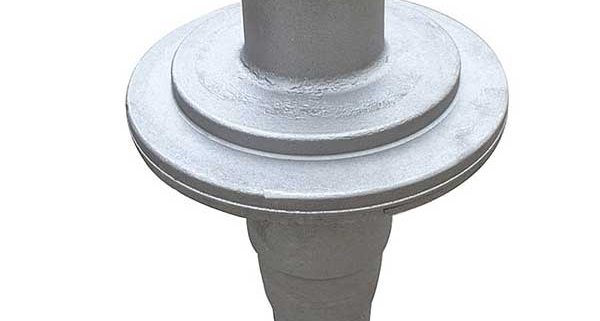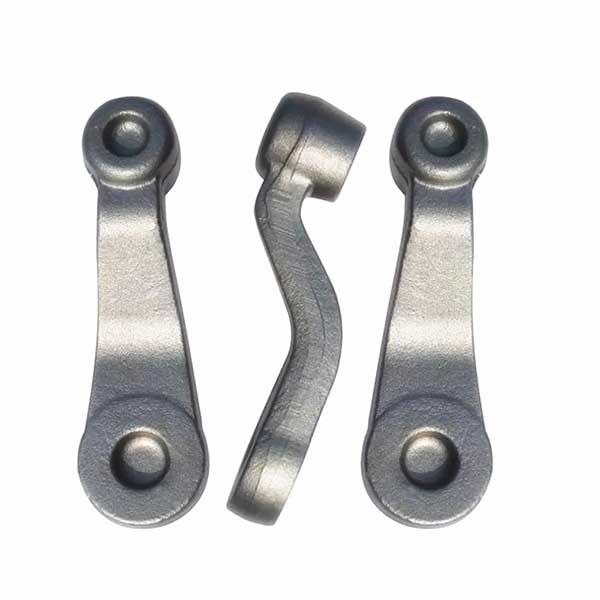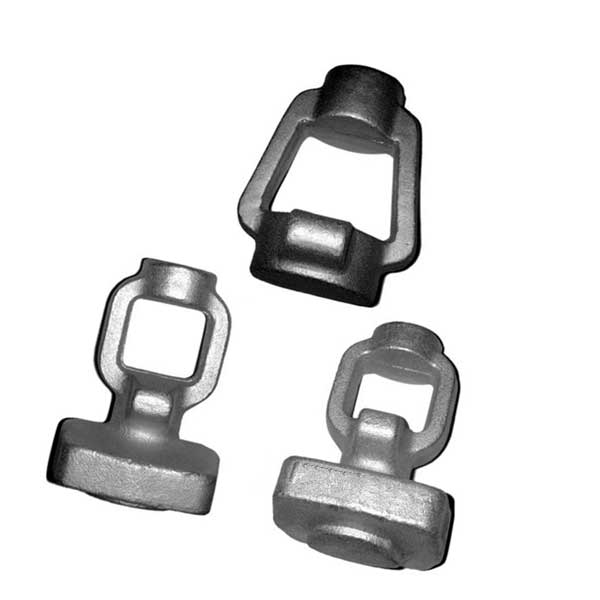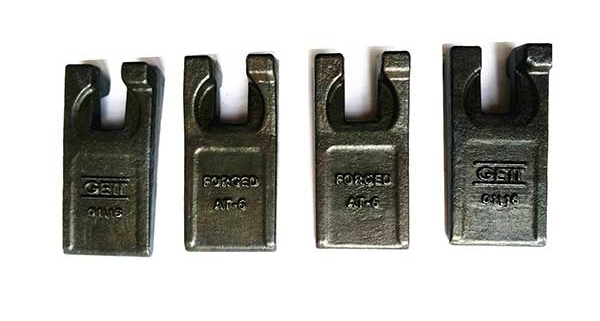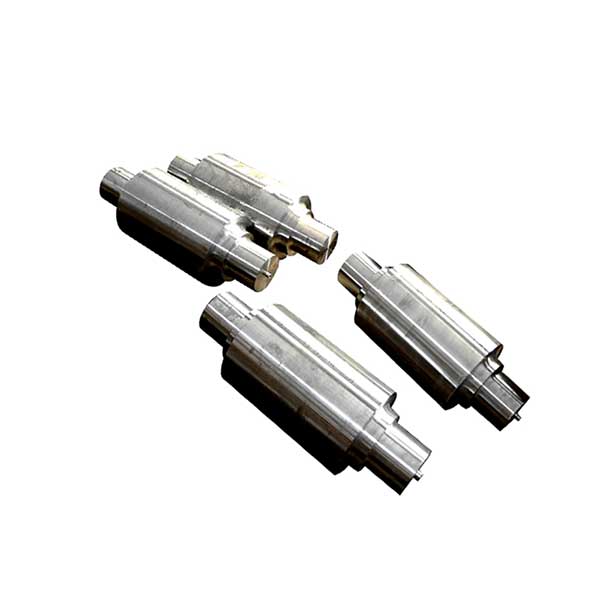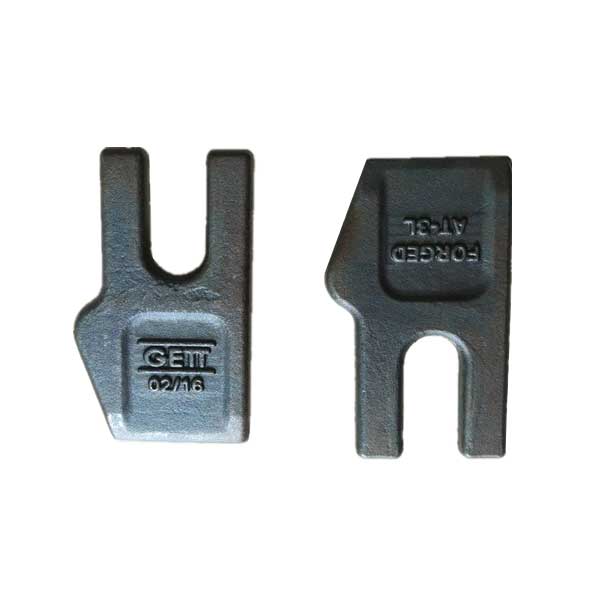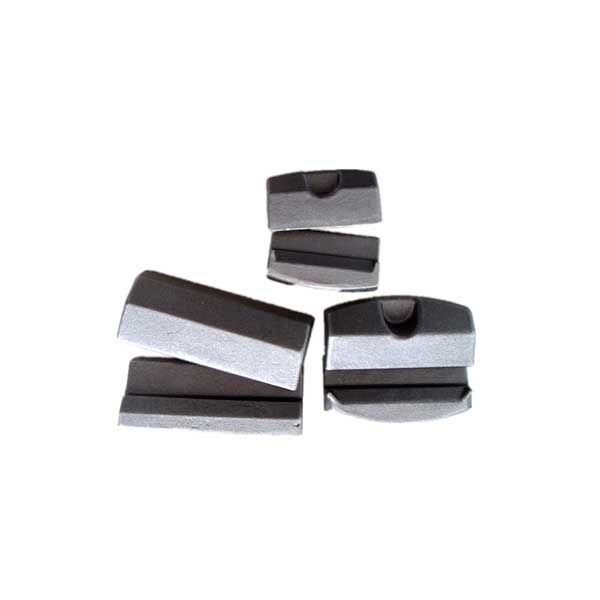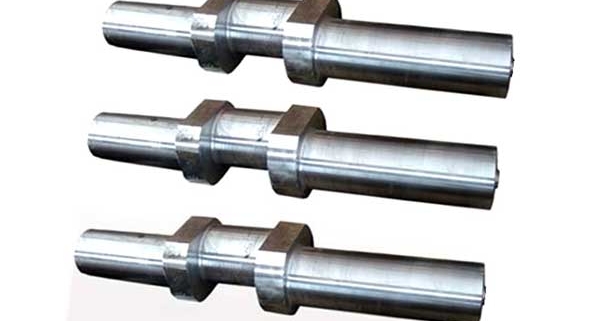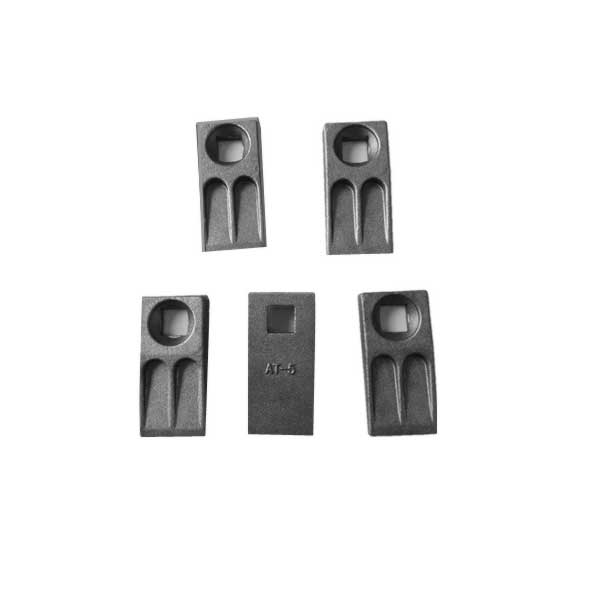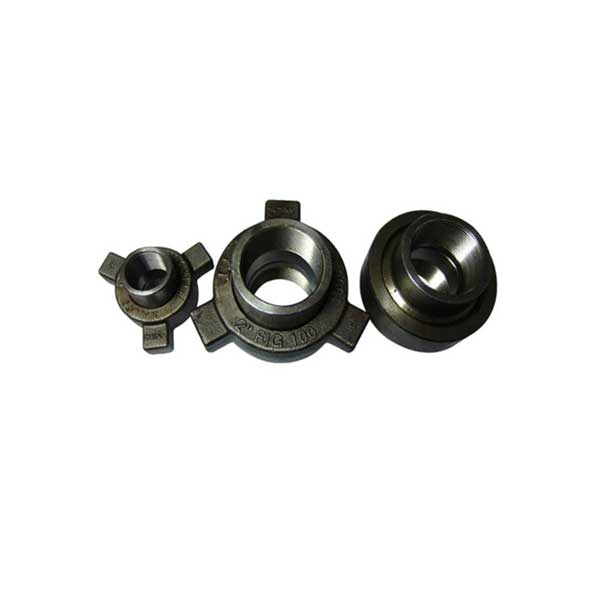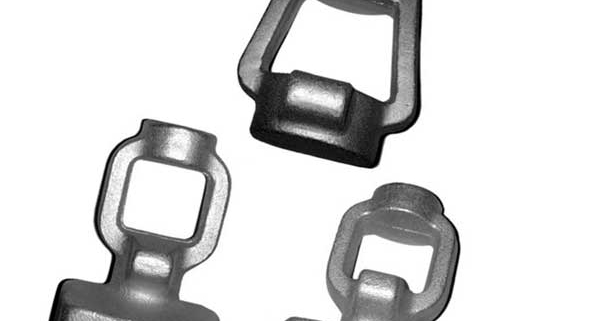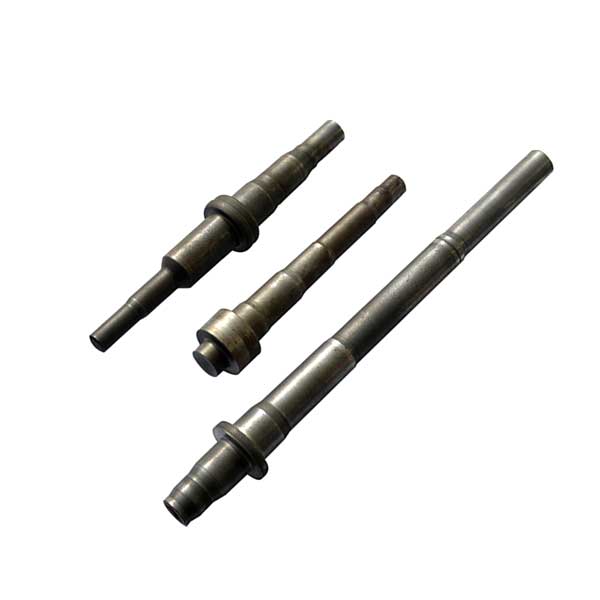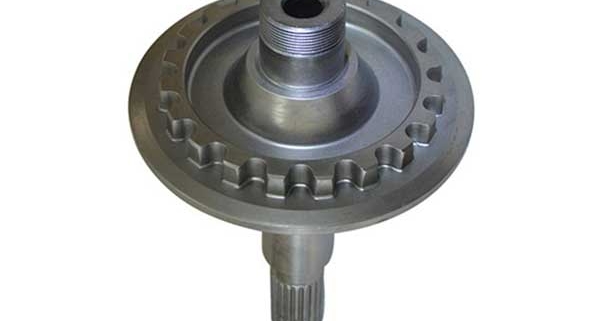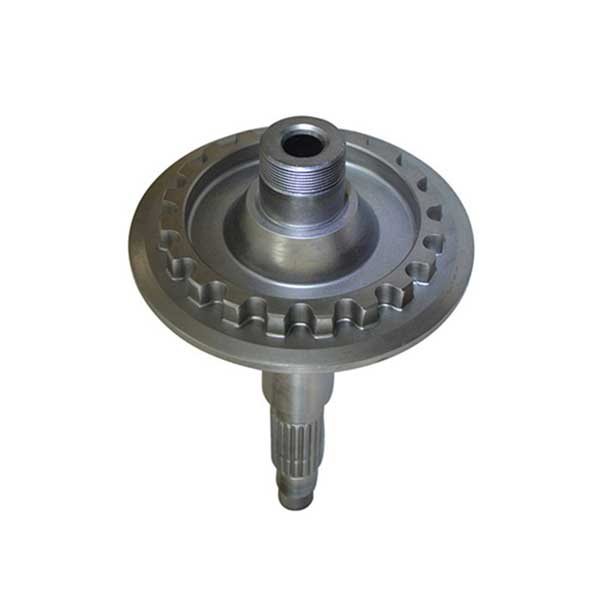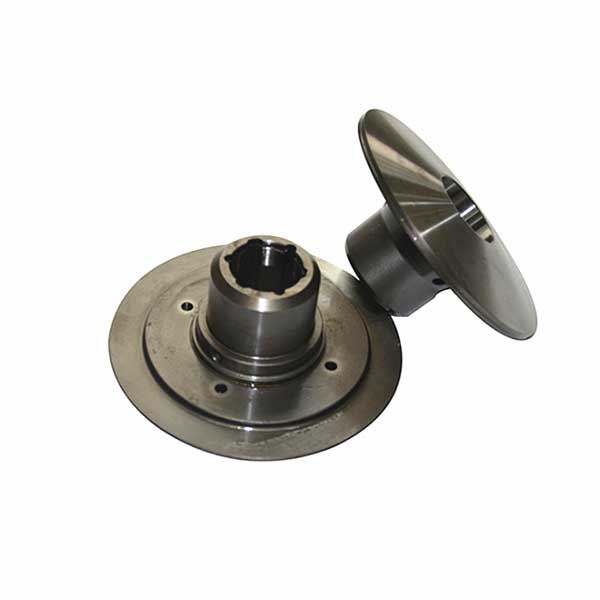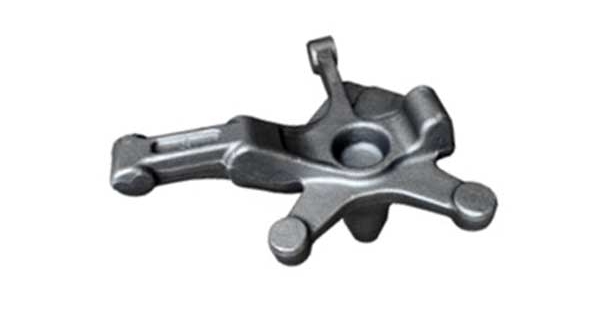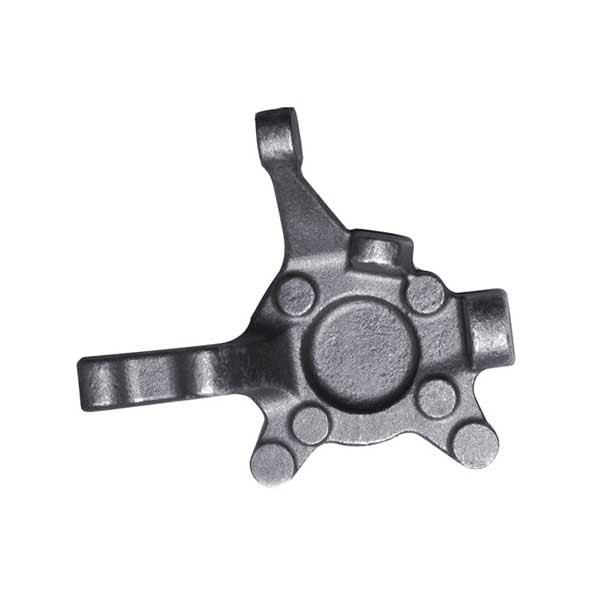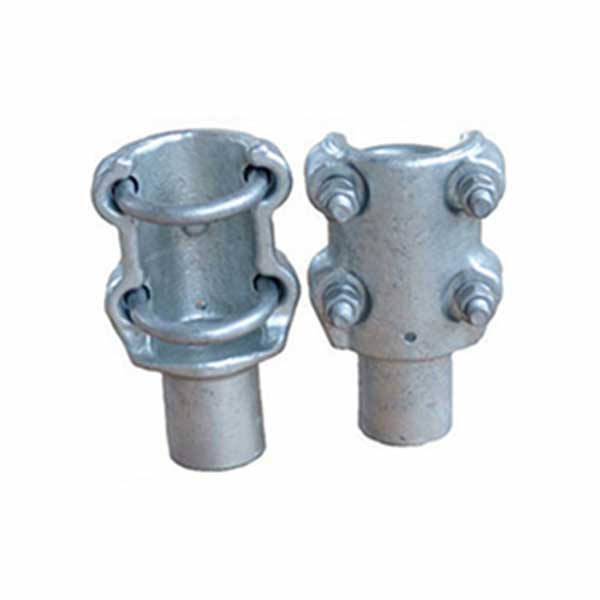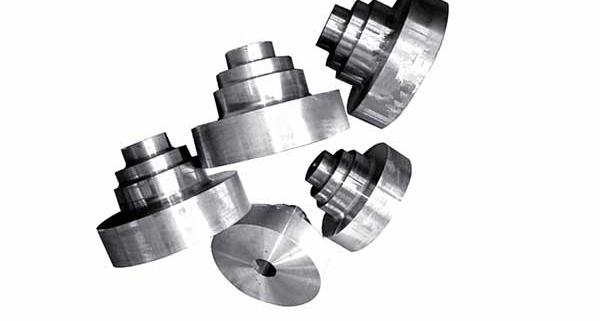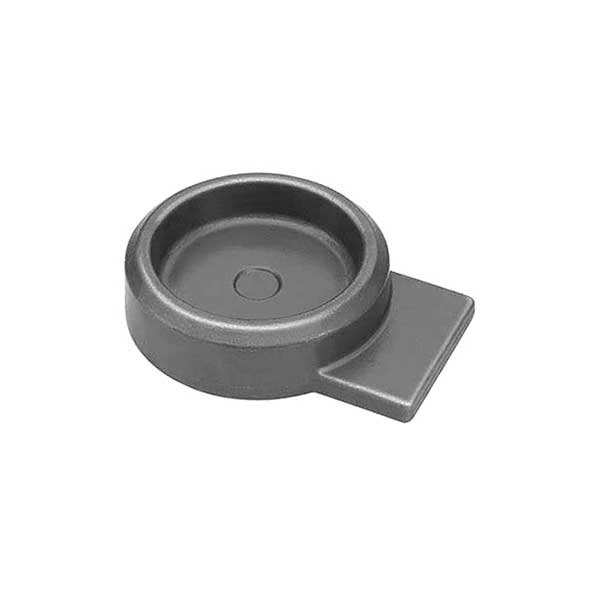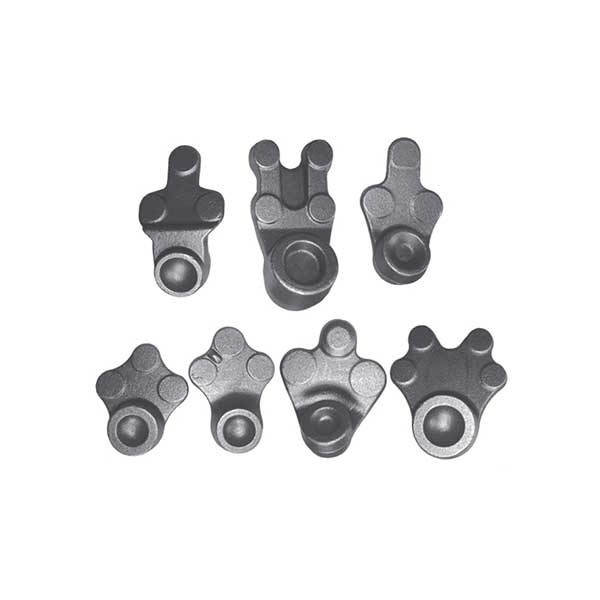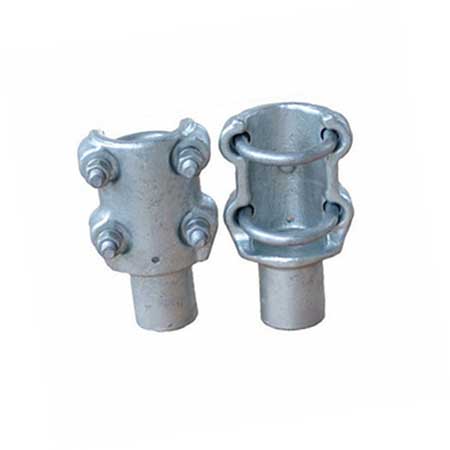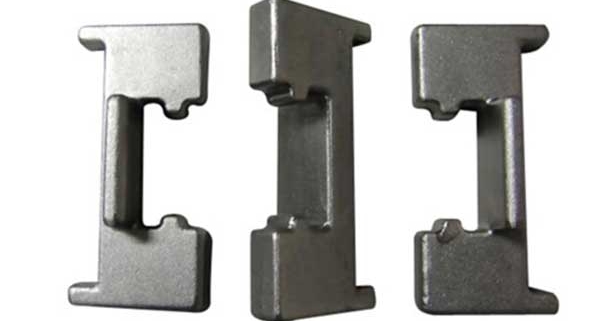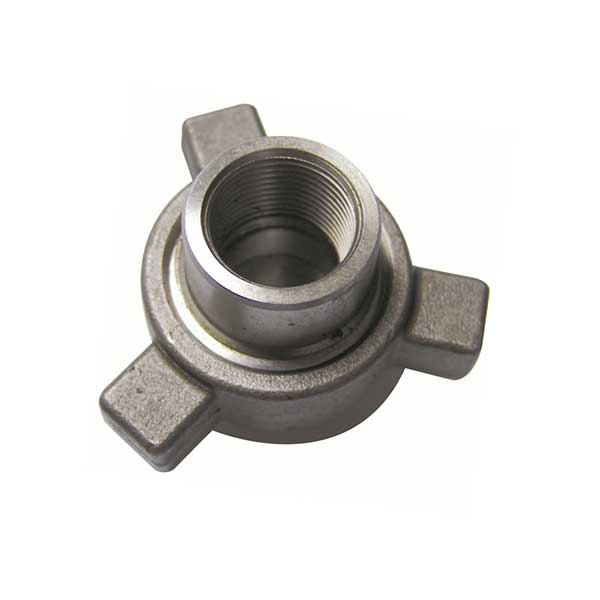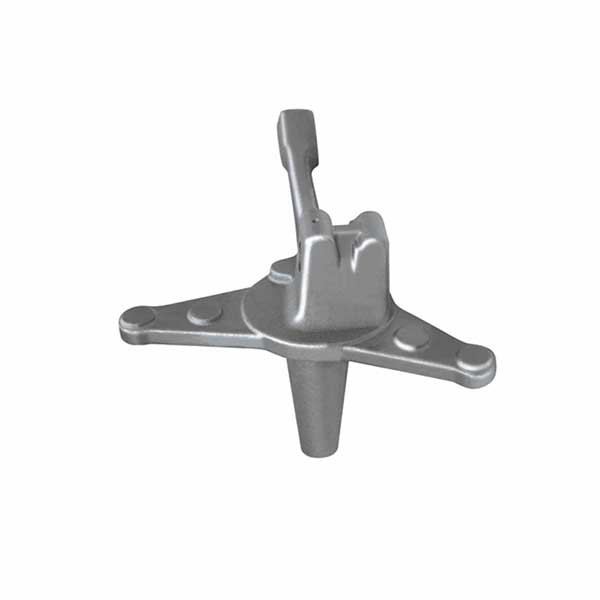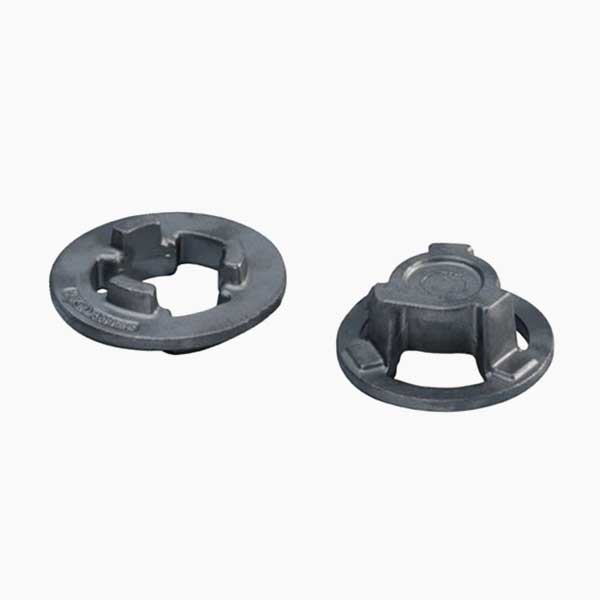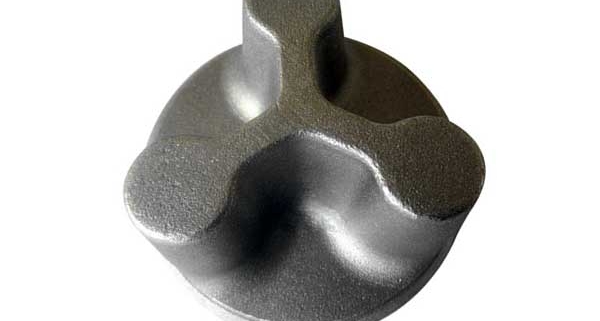The 7th National Foundry Machinery Standardization Technical Committee convened its inaugural meeting in Quanzhou on October 15, followed by a standards review conference that ran until October 19. Organized by the National Foundry Machinery Standardization Committee, the event was supported by several local and industry partners, including Nan’an Zhongji Standardization Research Institute and Fujian Minxuan Technology Co., Ltd.

The conference gathered over 100 experts and representatives from government agencies, research institutes, universities, and businesses. Key figures, such as Cao Yiding from the State Administration for Market Regulation, Yao Minghan, former deputy director of the National Standardization Management Committee, and Tan Xiangning, deputy chief engineer of the China Machinery Industry Federation, were present. They emphasized the importance of casting machinery standardization in ensuring the security and stability of the equipment manufacturing supply chain.
Speeches highlighted the role of standards in advancing high-quality development across the sector, advocating for enhanced standard-setting efforts and the broader application of standards in areas like green development, intelligent manufacturing, and safety. Tan Xiangning praised the work of the previous committee and urged the new members to build on its achievements by focusing on standard validation, research, and collaboration.
The meeting included the presentation of awards to notable contributors to casting machinery standardization. Six experts received lifetime achievement awards, thirteen individuals were recognized for outstanding work, and twelve organizations were honored for advancing standardization in the field.
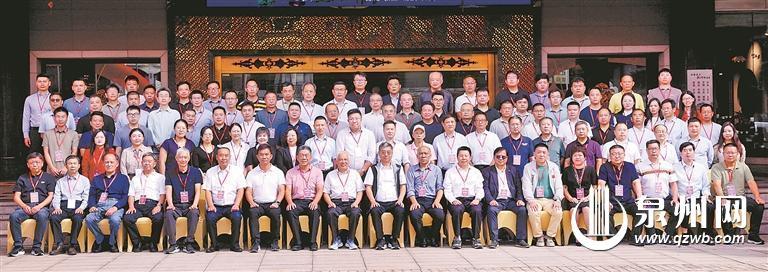
Secretary-General Lu Jun provided a comprehensive report on past accomplishments and outlined future objectives, emphasizing the need to accelerate the development and implementation of casting machinery standards. The attendees approved the committee’s charter and secretariat guidelines, laying the foundation for strengthening the standardization framework.
The event successfully promoted collaboration and dialogue in the casting machinery industry, setting the stage for continued progress in standardization efforts. Looking ahead, the committee is committed to pursuing openness and transparency in standardization activities, aiming to boost the global competitiveness of China’s casting machinery industry through rigorous and sustainable standards development.

